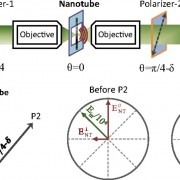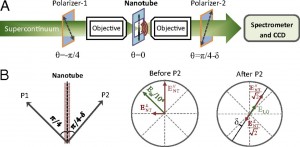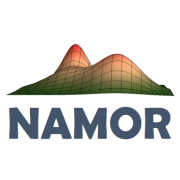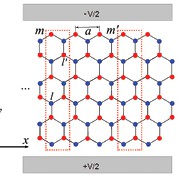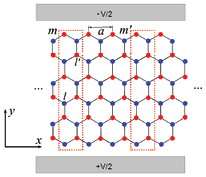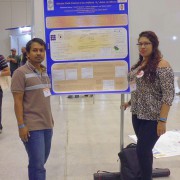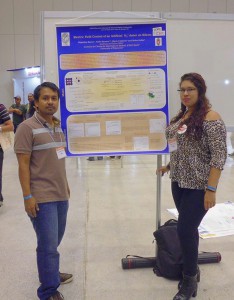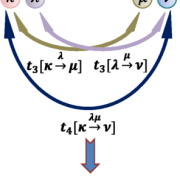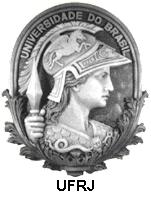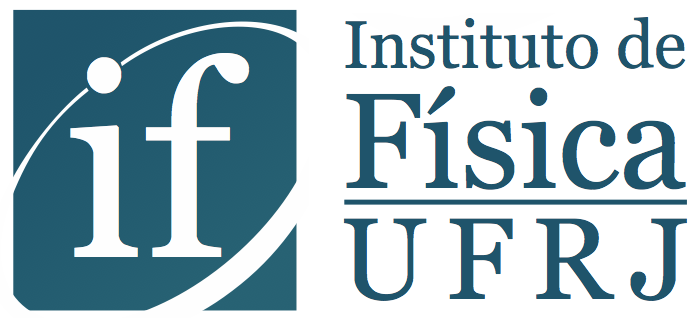Hooray!!! Today’s cover at the Physical Review Letters electronic edition highlights the letter “Single-Shot Readout and Relaxation of Singlet and Triplet States in Exchange-Coupled P31 Electron Spins in Silicon”, in co-authorship with André Saraiva.
A pair of isolated donors had its quantum state measured instantly through a method developed by the experimental group at University of New South Wales led by Andrea Morello and Andrew Dzurak. The method detects tunneling events from the donors to a neighboring SET (single electron transistor).These measurements show that there is still a lot to learn before we are able to harness electronic spins for quantum computation.
In particular, the incompatibility between the valley structure (composition of conduction band minima) at the donors and at the SET led to a more complex scenario than anticipated. Not only the lowest singlet and triplet participate in the quantum evolution, but also the excited triplet that is compatible to the SET quantum state.
The article shares the PRL cover with an important result obtained in particle physics: the generation of a top quark through a rare channel that does not involve the creation of an antiparticle.
http://journals.aps.org/prl/abstract/10.1103/PhysRevLett.112.236801
